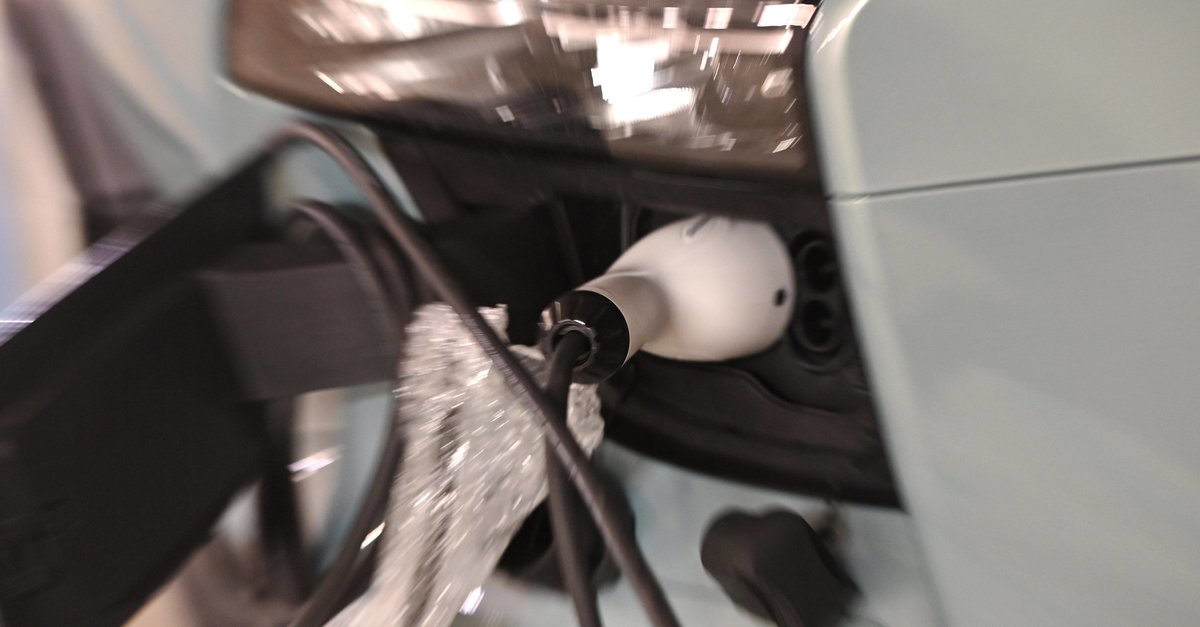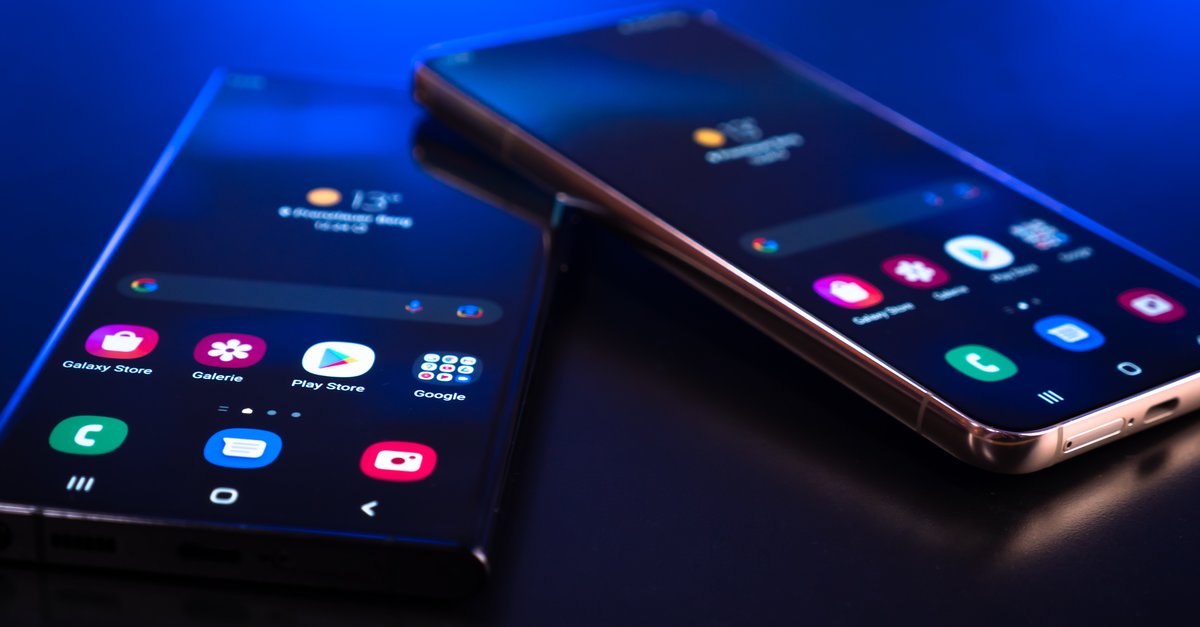This loading error is extremely dangerous
Switching to electric cars brings with it changes. The next charging station is usually not as easy to find as a gas station for petrol and diesel. Many e-car drivers therefore like to charge at home and often do so. But you shouldn’t make a mistake, warns the ADAC.
Driving an electric car should be so easy. You can do something good for the climate if you switch to an electric car and thanks to the environmental bonus you get money back. There is also electricity at every socket, so there is no need to go to the gas station. Unfortunately, many things are not as simple as they seem.
ADAC warns of fire hazard: How to charge electric cars correctly
Theoretically, e-cars can actually be charged at any socket. But this can become a serious problem, like the ADAC warns. Then Household sockets are not designed for a high permanent load, such as charging electric cars. If cables and contacts on the socket are exposed to excessive voltage for long periods of time, there is a risk of a rupture in the worst case Smoldering or cable fire.
The ADAC advises against permanently charging the e-car at the socket. Instead, an ordinary one should Household socket only in exceptional cases be used and even then, to be on the safe side, not for a long period of time. If you want to continue charging via the Schuko socket, for example because there is simply no alternative, you should reduce the charging power.
It’s possible with one fused cable, that comes standard with many electric cars. the integrated control box ensures that the e-car is only charged with a maximum of 2.3 kW. So neither sockets nor the house electronics reach their limits. Depending on the model, modern e-cars can also regulate the charging power via the software.
The cost advantage of e-cars shrinks as electricity prices rise:
Charging losses: charging e-cars incorrectly can quickly become expensive
The use of the Schuko socket to charge the electric car has other disadvantages: the charging loss is particularly high. So you pay for electricity that you cannot use. Johannes Kautenburger, motor vehicle expert at the expert organization KÜS, also advises the Keep an eye on the charging process at the household socket (Source: business week). Heat development cannot be ruled out. You should also only charge directly from a permanently installed wall socket, do not plug in any extension cords and ideally have your solution checked by an expert.
The smarter choice is that installing one wall box. Depending on the model, a connected e-car can charge with up to 11 kW. This is much faster. With professional installation, e-car drivers can also be sure that no damage is to be expected. The risk of fire in e-cars is normally not higher than in petrol and diesel vehicles.



